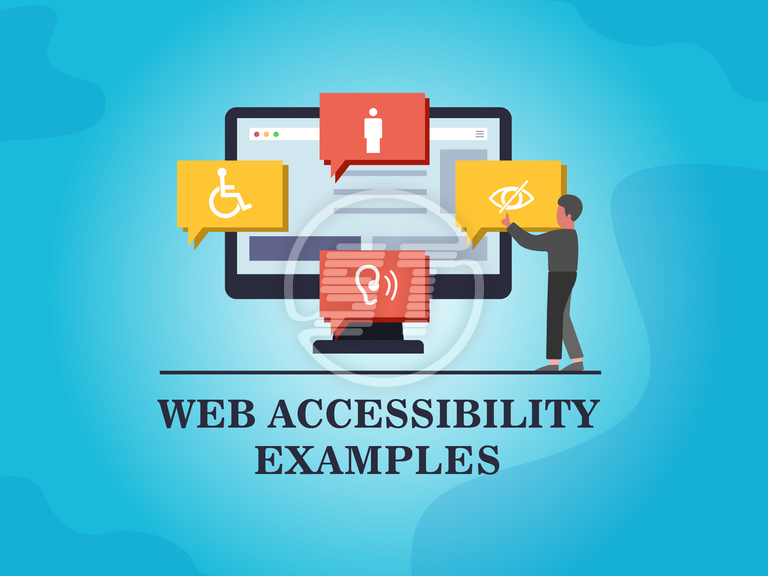Shop At Haya: Your Ultimate Shopping Guide
Discover the best shopping tips, trends, and deals for a smarter buying experience.
Web Accessibility: The Hidden Key to Wider Audiences
Unlock new audiences with web accessibility! Discover how inclusivity can boost your reach and engagement today.
Understanding Web Accessibility: Why It Matters for Every Audience
Web accessibility refers to the practice of making websites usable for all individuals, including those with disabilities. This means ensuring that people can perceive, understand, navigate, and interact with digital content, regardless of their capabilities. By adopting web accessibility principles, businesses and organizations not only comply with legal standards but also extend their audience reach. According to estimates, nearly 15% of the global population lives with some form of disability, highlighting the importance of creating an inclusive online environment.
Moreover, promoting web accessibility can lead to significant benefits beyond ethical considerations. Websites that are accessible often enjoy improved SEO performance, as search engines prefer content that is well-structured and adheres to accessibility guidelines. In addition, accessible websites enhance user experience, which can result in increased engagement and higher conversion rates. As we continue to advance technologically, ensuring that digital spaces are welcoming and usable for every audience is not just a moral obligation, but a smart business strategy.

10 Common Accessibility Mistakes That Could Limit Your Reach
Accessibility is crucial for ensuring that everyone can access your content, yet many websites fall short in this area. Here are 10 common accessibility mistakes that could limit your reach:
- Neglecting alt text for images, which can prevent visually impaired users from understanding visual content.
- Using color combinations that are difficult to read for individuals with color blindness.
- Failing to provide keyboard navigation options, making it hard for those with motor disabilities to access your site.
- Creating content that is not compatible with screen readers, leaving a significant portion of your audience unable to engage with your material.
It's important to be aware of these mistakes to foster an inclusive online environment. Other common accessibility mistakes include:
- Overly complex language that can be challenging for users with cognitive disabilities.
- Ignoring the importance of headings and structure, which help readers easily navigate your content.
- Using videos without captions or transcripts, denying access to users who are deaf or hard of hearing.
- Not ensuring your website is mobile-friendly, which can alienate users relying on smartphones and tablets.
- Neglecting to test your website with accessibility tools and feedback, which is crucial for identifying issues.
How to Make Your Website Inclusive: A Step-by-Step Guide to Web Accessibility
Creating an inclusive website is essential for reaching a broader audience and ensuring that all users can navigate and interact with your content effectively. Begin by conducting an accessibility audit of your website to identify areas needing improvement. Utilize web accessibility guidelines such as the Web Content Accessibility Guidelines (WCAG) to assess compliance. For a comprehensive review, consider the following steps:
- Evaluate color contrast to ensure readability for users with visual impairments.
- Use alternative text for images and multimedia to provide context for screen reader users.
- Ensure keyboard navigation is possible, allowing users who cannot use a mouse to access all website features.
Once you've identified areas for improvement, the next phase is implementation. Start by integrating accessibility features into your design process rather than treating them as an afterthought. Responsive design plays a key role as it should be adaptable for all devices. Consider employing the following strategies:
- Create clear and consistent navigation that supports assistive technologies.
- Include captions and transcripts for audio and video content to benefit users with hearing impairments.
- Regularly test the site's accessibility with real users and address feedback to create a more inclusive web experience.